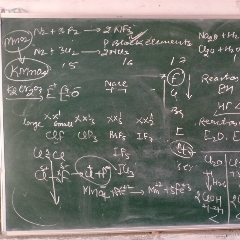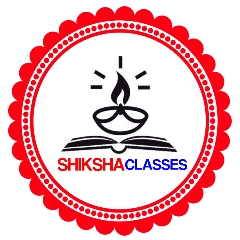Question Text
Question 9 :
Statement - 1 : $CH_3 - CH_2 - Cl + NaI \overset{Acetone}{\rightarrow}$ $CH_3 - CH_2 - I + NaCl $<br/>Statement - 2 : Acetone is polar - protic solvent and solubility order of sodium halides decreases dramatically in order $NaI > NaBr > NaCl$. The last being virtually insoluble in the solvent and a $1^0$ and $2^0$ chloro alkane in acetone is completely driven to the side of Iodoalkane by the precipitation reaction.
Question 10 :
Among the isomers of $C_6H_14$ , which will give maximum number of mono-chloro-derivatives ?
Question 13 :
The reaction conditions leading to the best yield of ${C}_{2}{H}_{5}Cl$ are:
Question 14 :
Which major product is formed in the free-radical bromination of methane by limited supply of bromine?
Question 15 :
$CH_3 - CH_2 - CH_2 - \underset{CH_3}{\underset{|}{CH}} - CH_3 \xrightarrow[hv]{Cl_2} $ product, at room temperature.<br>Choose the correct option
Question 20 :
Compond (X) $\xrightarrow[]{(1)HgSO_4} \xrightarrow[]{(2)NaBH_4} \xrightarrow[]{(3)ZnCl_2}$ product gives precipitate in $5$ min.<br>Compound (X) is
Question 24 :
A primary amine can be converted to an alchohol by the action of
Question 25 :
Alcohols containing only up to ___________ carbon atoms are completely miscible with water.<br/>
Question 26 :
Assertion: The solubility of n-alcohol in water decreases with an increase in molecular weight.
Reason: The reactive proportion of the hydrocarbon part in alcohols increases with increasing molecular weight which permits enhanced hydrogen bonding with water.
Question 27 :
Among the three isomers of the nitrophenol, the one that is least soluble in water is:
Question 28 :
Alcohols containing only up to ________________carbon atoms are completely miscible with water.
Question 29 :
Which of the following alcohols is the least soluble in water?



































